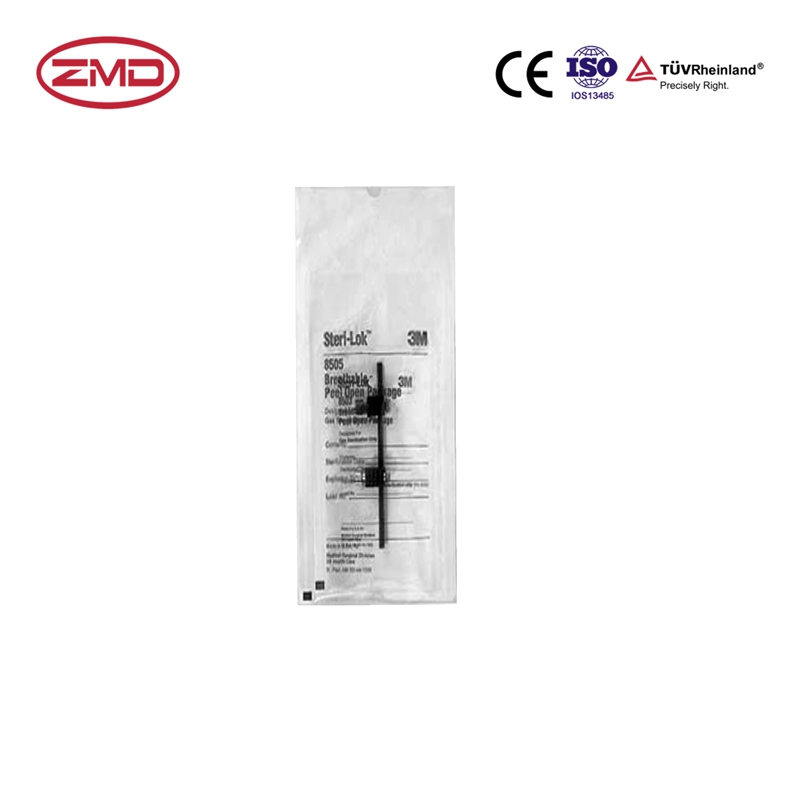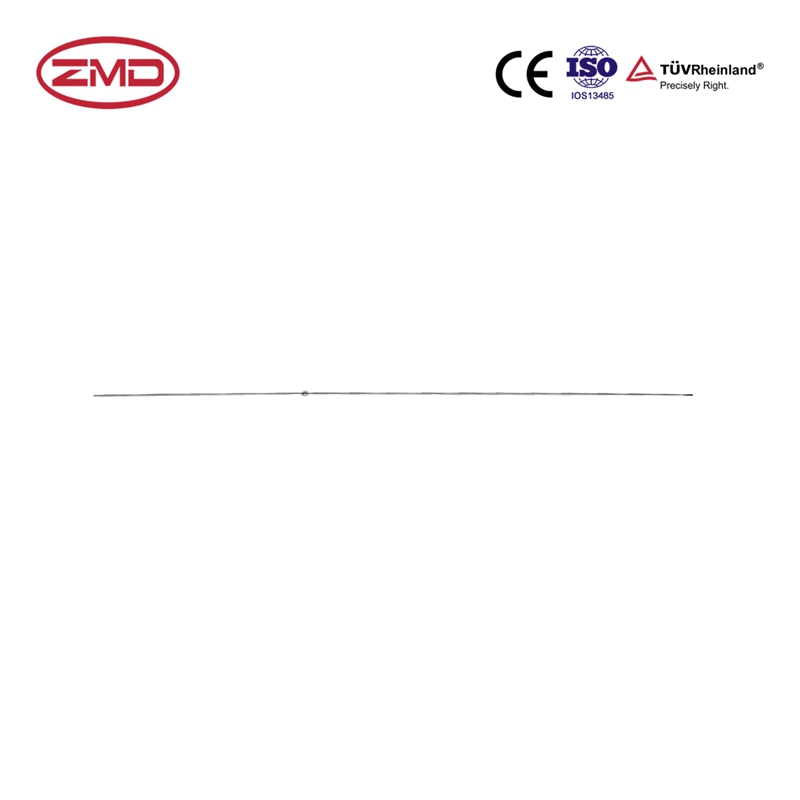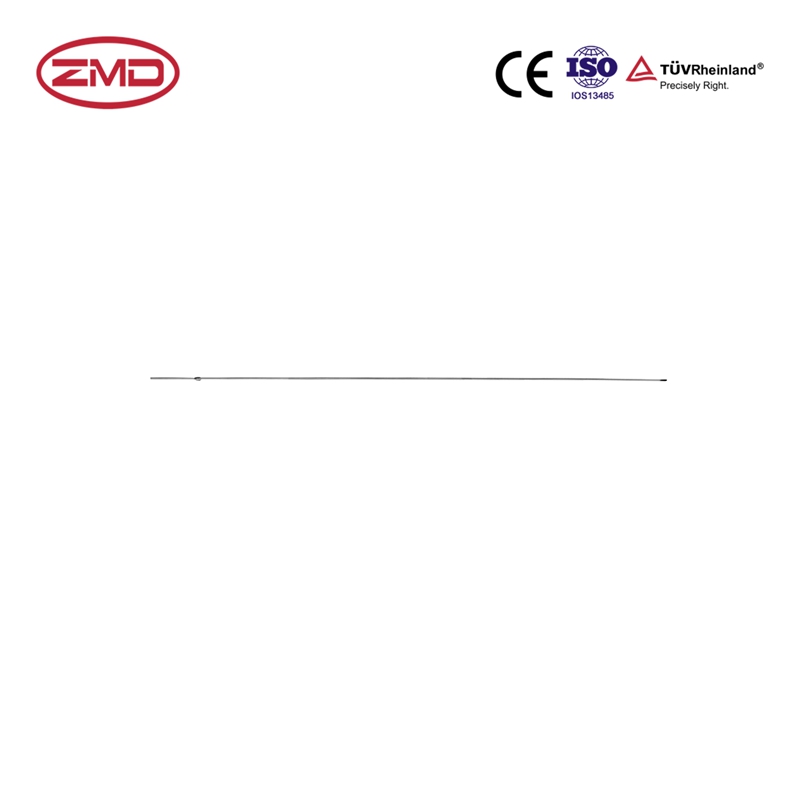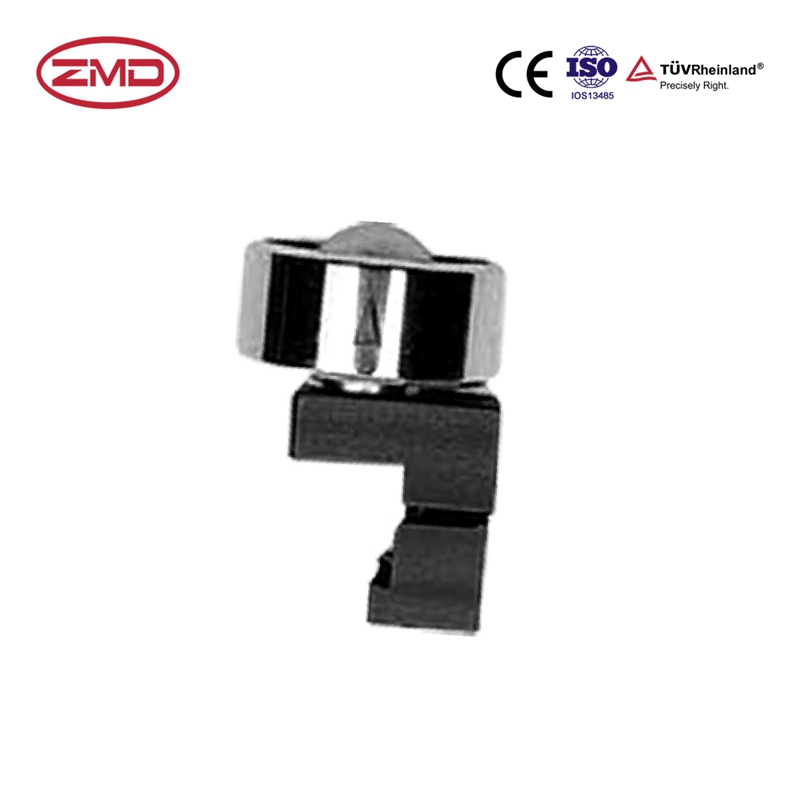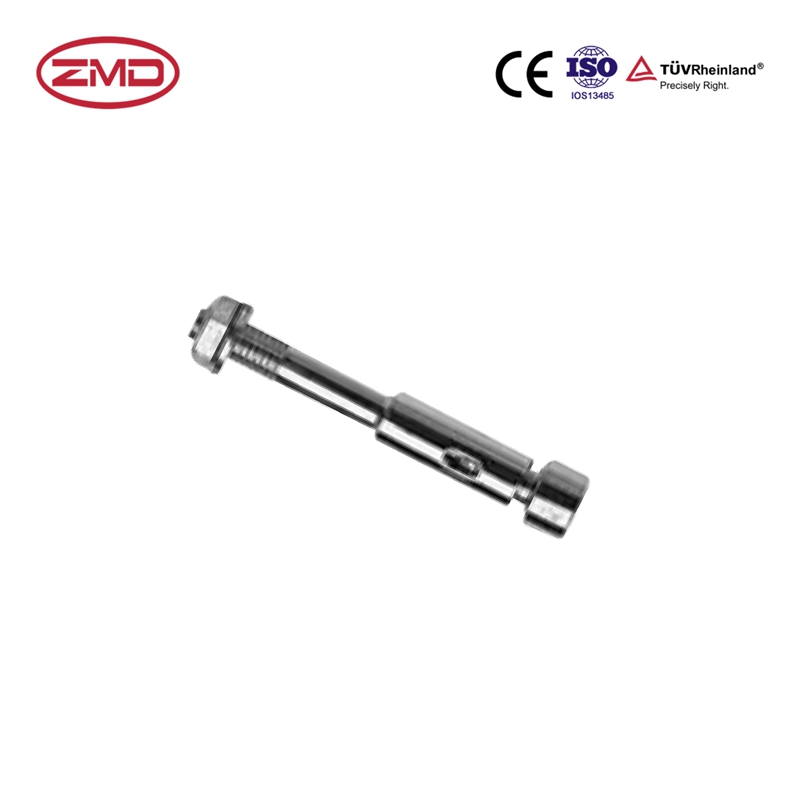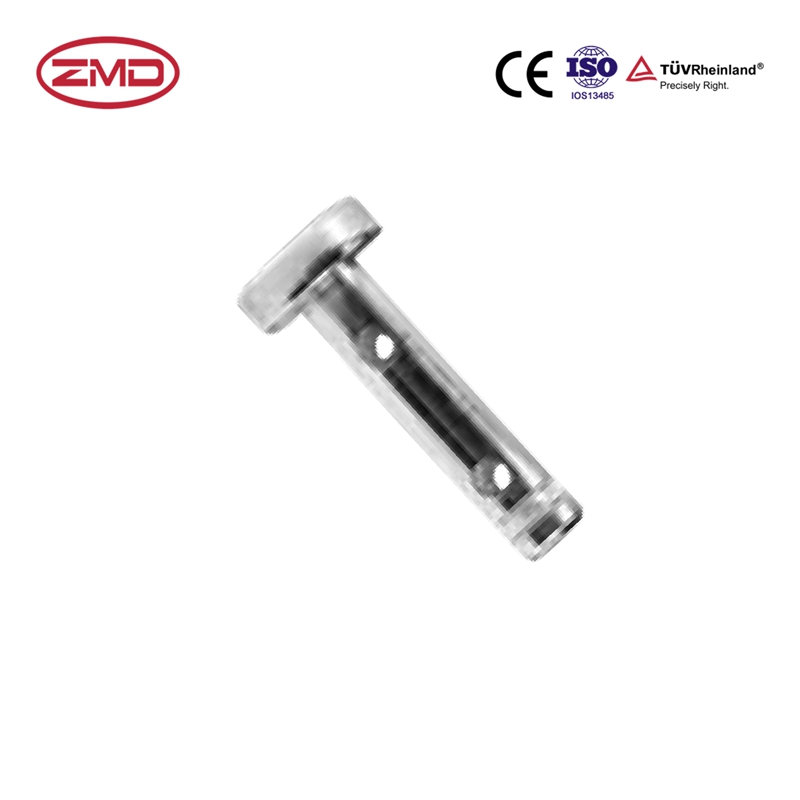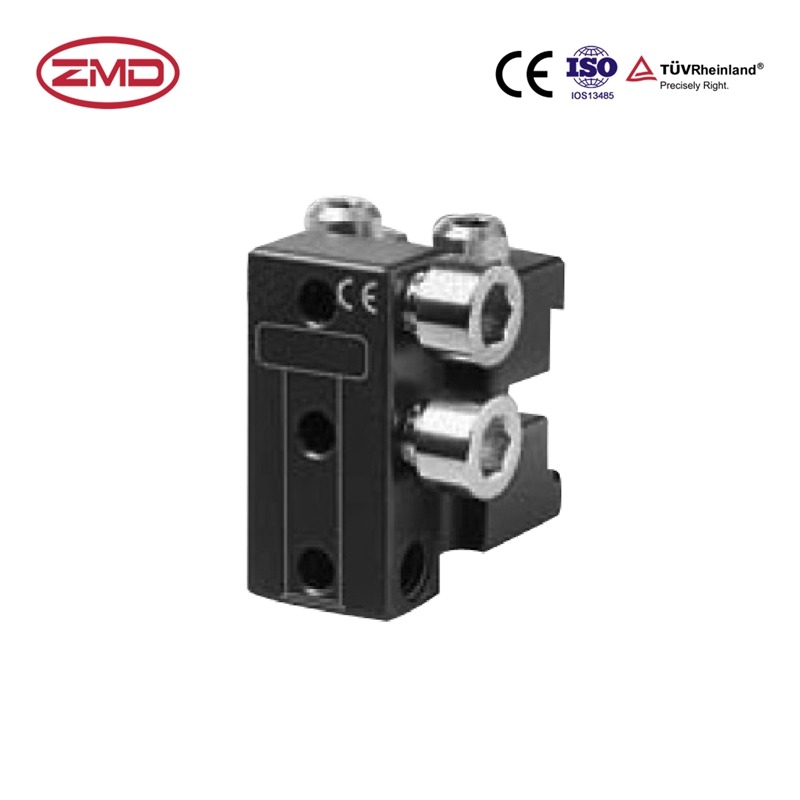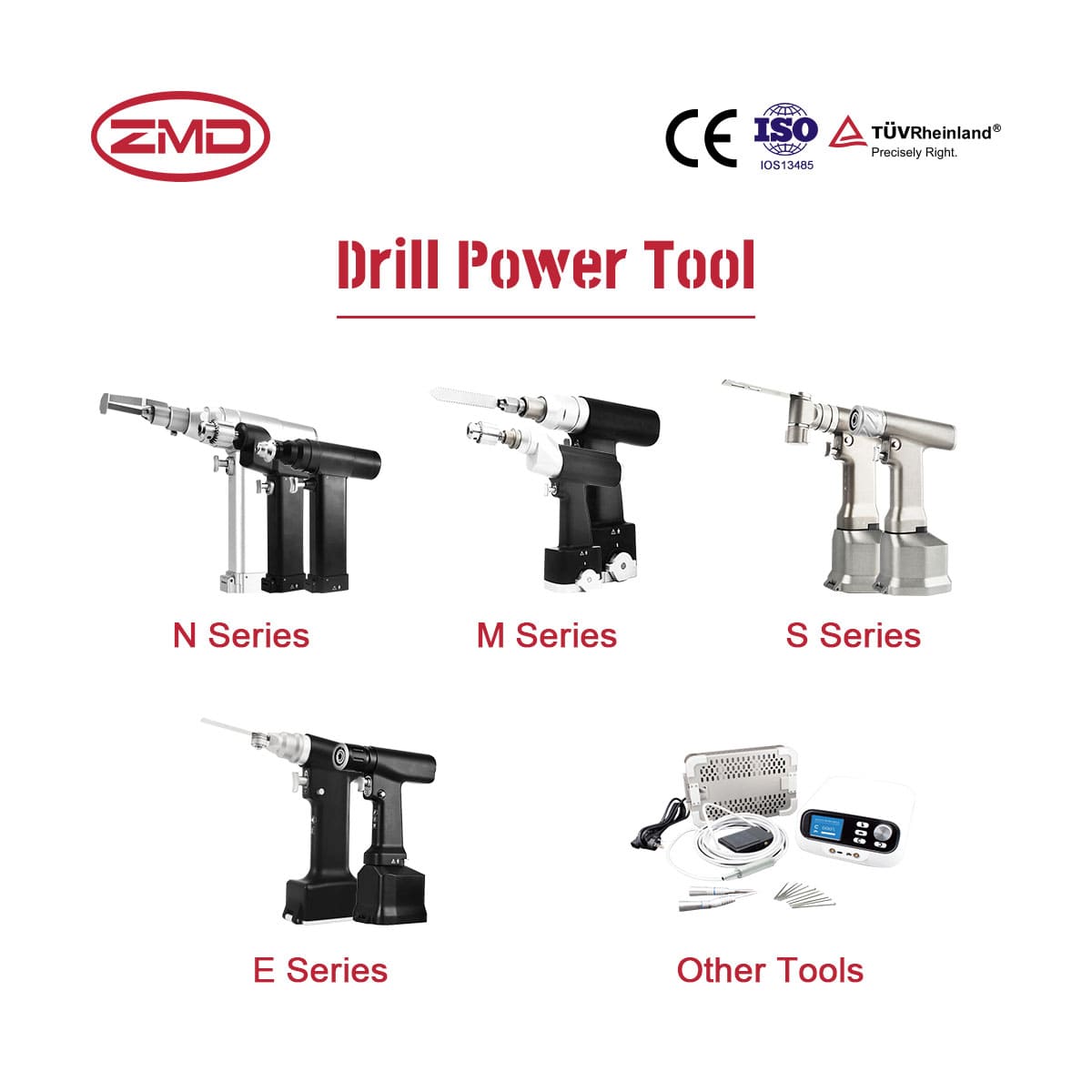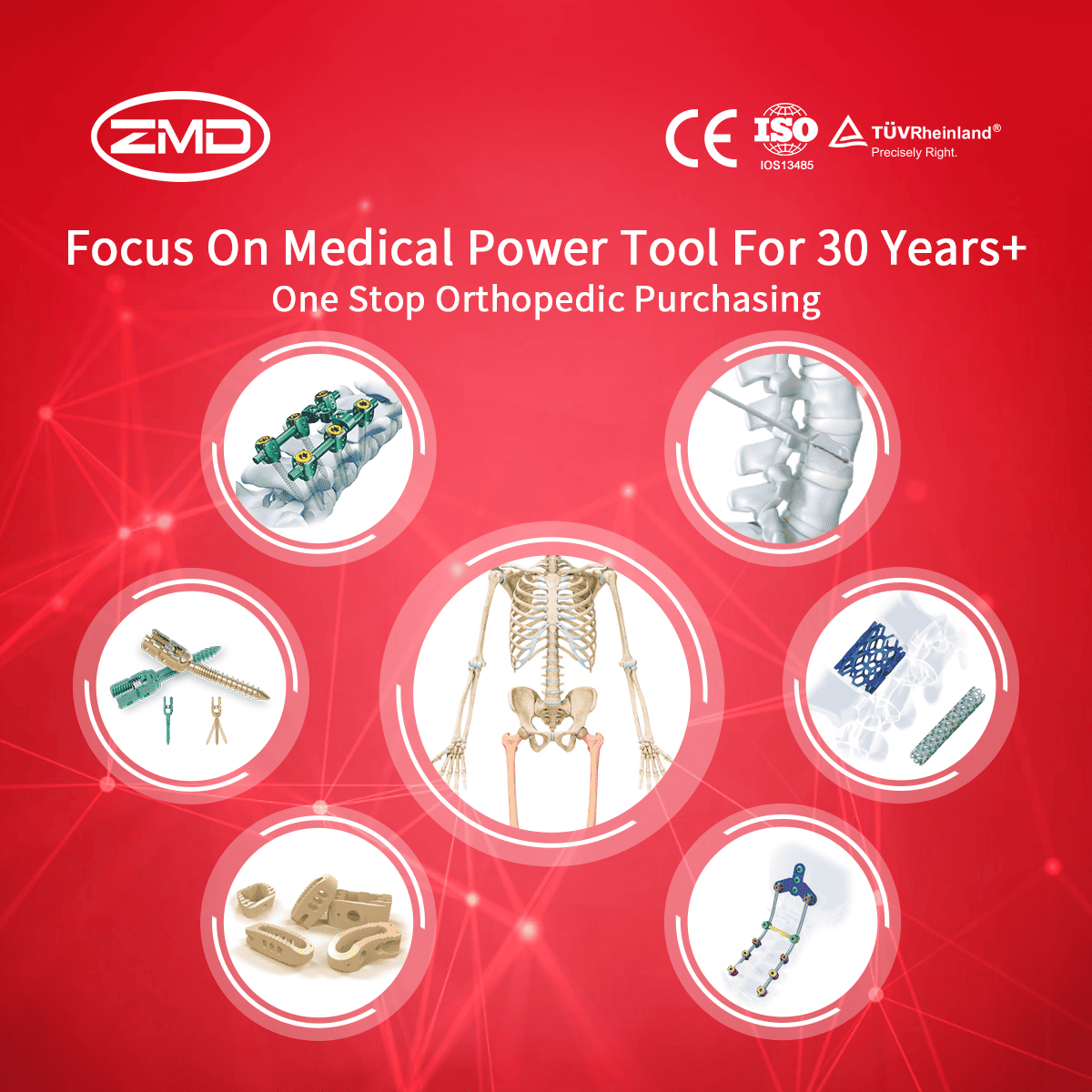OF Type External Fixation
ZMD
Orthopedic Products
Haven't been able to locate the product you're searching for yet?
If you're interested in more orthopaedic implant products, feel free to get in touch with our ZMD consultants.
What are OF Type External Fixators?
OF type external fixators typically consist of several key components. They have pins or wires that are inserted into the bone through the skin. These pins are usually made of strong and biocompatible materials such as stainless steel or titanium. The pins are designed to provide a secure anchor within the bone. The diameter and length of the pins can vary depending on the bone size and the specific requirements of the fixation. For example, in the treatment of a femoral fracture, longer and thicker pins might be used compared to a fracture of a metacarpal bone in the hand

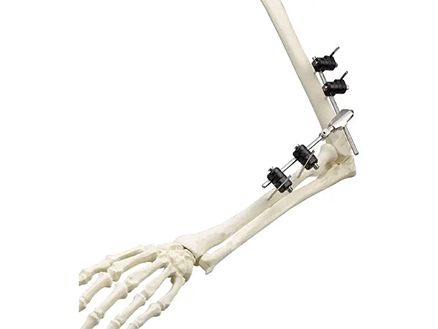
When Are OF Type External Fixators Needed?
OF type external fixators are versatile orthopedic tools employed to stabilize, align, and support bones during the treatment of various musculoskeletal conditions. Their minimally invasive nature, adjustability, and radiolucent properties make them a valuable option in a range of scenarios. Here’s a closer look at when OF type external fixators are typically considered:
Fracture Management
- Complex Fractures: In cases of fractures with multiple fragments or comminution, OF type external fixators are often a preferred choice. The ability to insert pins into each individual fragment and connect them to the external frame allows for precise alignment and immobilization. For example, in a comminuted fracture of the tibia (a long bone in the leg), the fixator’s pins can be strategically placed in the various broken pieces, and the frame then holds them in place, preventing any unwanted movement that could disrupt the healing process. This is crucial as it gives the body’s natural bone – healing mechanisms the stable environment they need to form new bone tissue around the fracture site and gradually knit the fragments back together.
- Open Fractures: When a bone fracture is accompanied by an open wound (where the bone has pierced through the skin), OF type external fixators offer significant advantages. Their minimally invasive nature means that the pins can be inserted through small incisions in the skin, minimizing additional trauma to the already damaged soft tissues. The external frame provides immediate stability to the bone while allowing for easy access to the wound for cleaning, dressing changes, and monitoring for signs of infection. This dual benefit helps in managing both the bone injury and the soft tissue damage simultaneously, improving the overall prognosis for the patient.
- Segmental Fractures: For fractures where there is a segment of bone missing, perhaps due to severe trauma or a bone tumor resection, these fixators can provide temporary stabilization. The remaining bone segments can be pinned and held in position by the external frame, creating a stable base for subsequent procedures like bone grafting. For instance, if a section of the femur is absent, the OF type external fixator can maintain the alignment of the two ends of the remaining bone until a suitable graft can be obtained and implanted to restore the bone’s integrity.
Deformity Correction
- Angular Deformities: OF type external fixators are highly effective in correcting angular deformities such as varus (inward bending) or valgus (outward bending) of bones. The adjustability of the external frame allows the orthopedic surgeon to make gradual and precise changes in the alignment of the bone over time. For example, in a child with a congenital valgus deformity of the tibia, the fixator can be applied, and through a series of small adjustments to the frame, gentle corrective forces can be applied to the bone. As a result, the bone remodels and straightens, gradually reducing the deformity and improving the limb’s alignment and function.
- Rotational Deformities: When bones are misaligned in a rotational manner, these fixators can be used to correct the issue. The pins inserted into the bone segments hold them in place while the frame is manipulated to rotate the bone back to its normal position. This is particularly important in fractures where improper healing has led to a rotational deformity or in cases of congenital rotational issues in the limbs. For instance, if a patient has a rotational deformity of the forearm after a fracture, the OF type external fixator can be used to carefully rotate the bones back to their correct alignment during the healing process, ensuring proper range of motion and function of the limb.
- Limb Length Discrepancies: In situations where there is a difference in limb length, often due to trauma, growth disorders, or previous surgeries, OF type external fixators can be employed in conjunction with distraction osteogenesis techniques. The fixator’s frame can be adjusted to gradually separate the bone segments, stimulating the formation of new bone in the gap created. This allows for a controlled and gradual lengthening of the limb to correct the length discrepancy. For example, a patient with a shorter leg due to a childhood injury can undergo a procedure where the OF type external fixator is used to slowly increase the length of the affected limb over time, improving their gait and overall quality of life.
Non-Union Treatment
- Delayed Unions: When fractures fail to heal within the expected time frame (delayed unions), OF type external fixators can provide additional stability and support. There could be various factors contributing to a delayed union, such as poor blood supply to the fracture site or excessive movement of the bone fragments. The fixator’s ability to firmly immobilize the bone reduces any micromotion that might be inhibiting bone healing. By creating a more stable environment, it encourages the body’s natural bone – forming cells to deposit new bone tissue and complete the healing process. For example, if a fracture of the humerus has not shown signs of healing after several months, applying an OF type external fixator can help to accelerate the healing by providing better fixation.
- Pseudoarthrosis: In cases where a non-union has resulted in the formation of fibrous tissue between the bone fragments instead of new bone (pseudoarthrosis), OF type external fixators can play a crucial role. The fixator can apply appropriate amounts of compression or distraction, depending on the specific situation, to promote bone bridging. By maintaining the bone fragments in close proximity and providing stability, it stimulates the body’s bone – forming mechanisms to replace the fibrous tissue with new bone, thus helping to heal the non-union and restore the integrity of the bone.
- Infected Non-Unions: When non-unions are complicated by infection, OF type external fixators offer a practical solution. Their radiolucent properties are advantageous as they allow for better visualization of the bone and the infected area during imaging studies, such as X-rays or CT scans. The external nature of the fixator enables healthcare providers to access the infected area easily for wound cleaning, debridement, and the application of appropriate antibiotics. At the same time, the fixator provides stability to the bone, allowing for the infection to be managed while keeping the bone fragments in position. Once the infection is under control, further procedures like bone grafting can be carried out to promote bone healing
Blog
International Women’s Day: Salute to the “She – Power” at ZMD
International Women’s Day: Salute to the “She – Power” at ZMD Amid the trends of “Intelligent Medical Devices” and “Minimally Invasive Medical Technologies”, ZMD thrives
Discover Innovation with Sunan Medical at AAOS
Discover Innovation with Sunan Medical at AAOS The American Academy of Orthopaedic Surgeons (AAOS) Annual Meeting is the premier event for orthopedic professionals worldwide, offering
Visit Us at Expomed Eurasia 2025: Discover Sunan Medical’s Innovations
Visit Us at Expomed Eurasia 2025: Discover Sunan Medical’s Innovations The 32nd Expomed Eurasia, taking place from April 24-26, 2025, at the Tüyap Exhibition and



